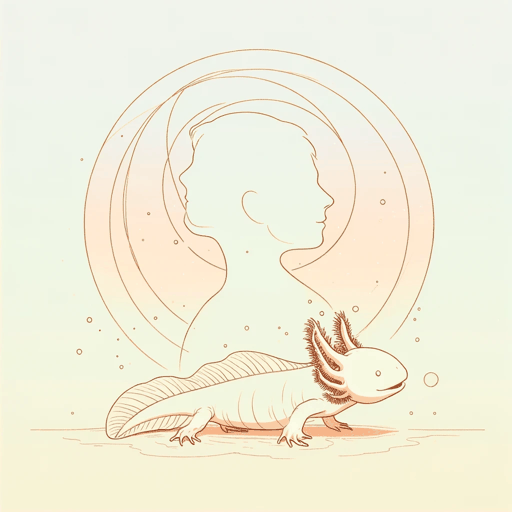28 pages • 56 minutes read
Julio CortázarAxolotl
Fiction | Short Story | Adult | Published in 1952A modern alternative to SparkNotes and CliffsNotes, SuperSummary offers high-quality Study Guides with detailed chapter summaries and analysis of major themes, characters, and more.
Character Analysis
The Narrator
The unnamed narrator of “Axolotl” is a dynamic protagonist whose internal conflict not only drives the narrative but serves as the narrative’s primary plot. The narrative of “Axolotl” consists almost exclusively of the narrator relating his obsession with the axolotls and showing how this obsession results in the story’s final transformation.
Cortázar reveals almost nothing about the narrator’s background directly. The choice to use first person narration means that everything readers learn about the narrator comes either from what he chooses to say or from what they can glean from the decisions he makes and the actions he takes. One example of the narrator’s indirect characterization comes early in the story, when he begins observing the axolotls huddled in their enclosure. The narrator notes that he feels “[d]isconcerted, almost ashamed” to watch the creatures (4). Initially, it’s unclear why this would be a first response to seeing these animals. Coupled with the narrator’s cagey interactions with the guard, though, the remark suggests that the narrator is a character who feels trapped in his own life, unable to successfully make meaningful contact in the external world, and that the reminder of this alienation is what he responds to so forcefully.


